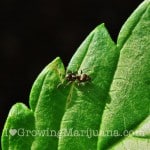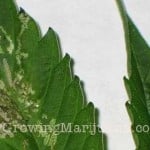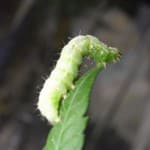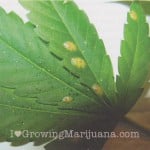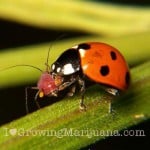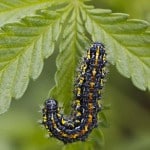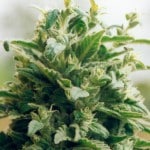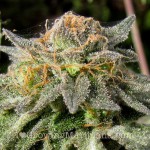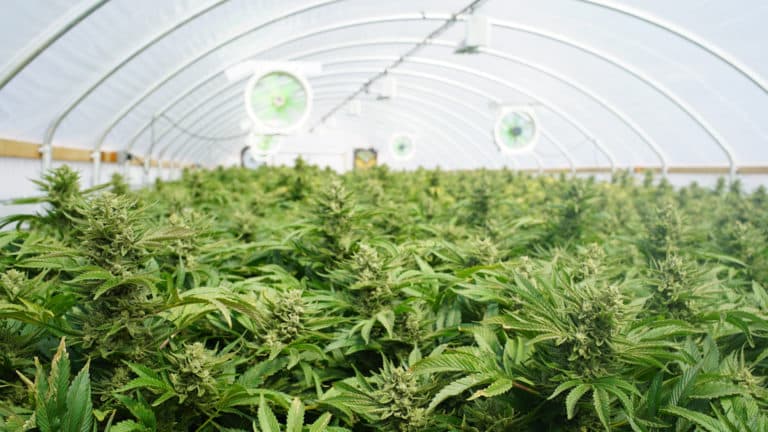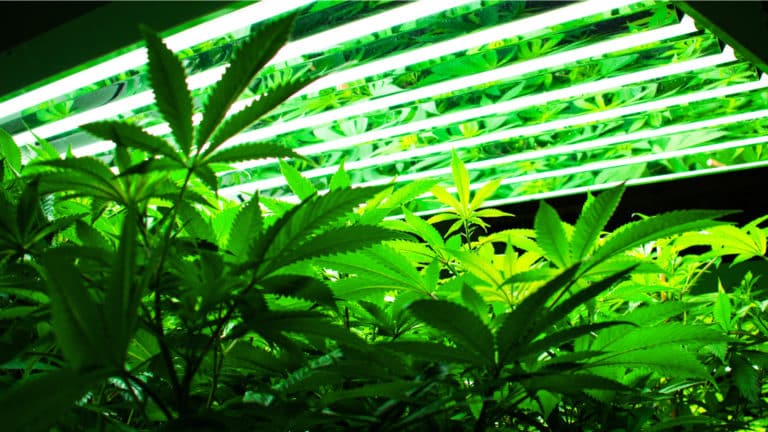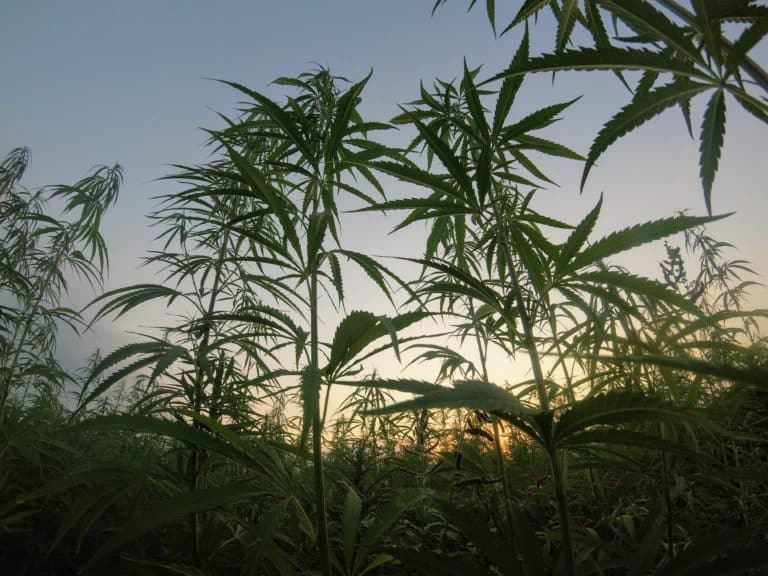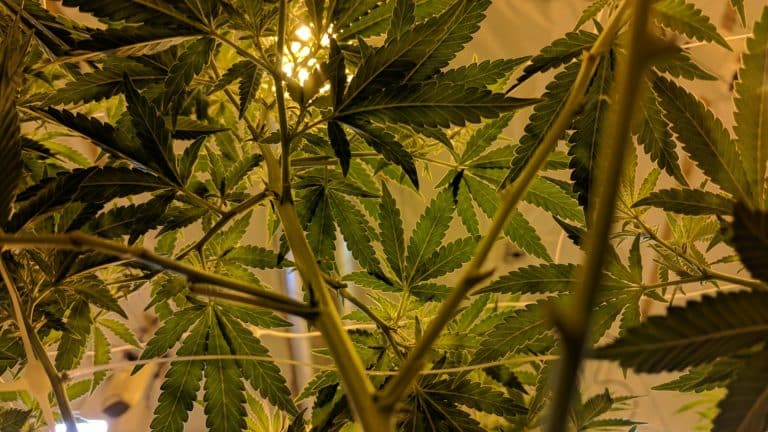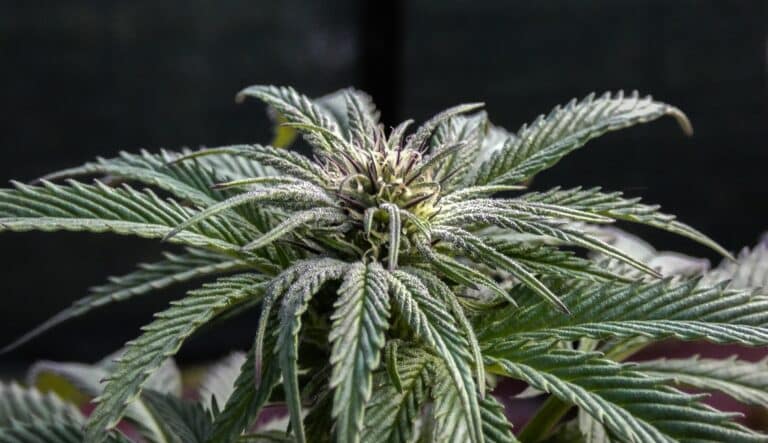Cannabis or marijuana, is a flowering plant growing up to 13′ tall and are either male or female. Cannabis is an annual plant, meaning it grows from April through September. Marijuana grows well in warm climates. It is the female plant that produces flowers. Flowering is best achieved in the cannabis plant when it receives equal amounts of light and darkness. Marijuana can be grown indoors in ‘grow rooms’ under artificial light, or outdoors in natural light conditions. They require little fertilization other than nitrogen, phosphorus, potassium, calcium, magnesium and sulfur.
As a flowering plant, cannabis is susceptible to pests just as any other garden flora. It is not recommended to use pesticides on marijuana plants, not only for environmental purposes, but due to the harm that can be caused to humans once ingested or inhaled. If you are not willing to apply organic treatments or deterrents to control pests, use only those pesticides marked ‘safe to use on food crops’, as cannabis is considered such due to its end use. Make sure to download my free grow guide and learn what pests are harmful for marijuana plants and how to fight them.
Most pests affecting cannabis growth are insects, while slugs, rodents, birds and mammals can be attracted to the plants during certain growth periods. Over three hundred types of insects have been noted on marijuana plants, however very few actually cause crop damage. In fact, cannabis is known to be pest tolerant; nevertheless, no life on this earth is immune to pests and/or disease. We will examine the detrimental pests and what you can do send them on their buggy way later in this book. First we will offer some advice on overall protection you can provide through simple measures taken at the time of first planting your crop.
There are some techniques you can apply when planting your garden that will naturally resist many types of pests through Mother Nature’s implementation of cause and effect. These tips should be utilized to save you time and trouble in combating uninvited guests into your cannabis crop, or any garden for that matter. Since pests rarely occur indoors naturally but are carried in from the outside, our discussion will concentrate on marijuana grown outdoors and the possible threats you may encounter.
When preparing the soil for planting, mix organic compost with the existing soil. This will create heat at the root system, promoting growth and will provide a home for worms which work hard to make the soil nutrient rich. Let the amended soil conjoin for a few weeks before introducing plants or seedlings, so as to avoid ‘burning’ the plants. Once in place, cover the newly planted area with a three to four inch layer of mulch. This promotes water retention and gives frogs and toads a hidey-hole haven to call home during the day. At night, these beneficial reptiles will emerge to feast on nocturnal bugs. By implementing this procedure at the outset, you will spend less time watering and have a built-in pest patrol.
Another natural pest deterrent is to intersperse marigolds throughout the cannabis crop. Many pests are naturally repelled by marigolds. They require little care which saves time in the long run. Marigolds give off a pungent smell which repels many insects normally attracted to flowering plants and vegetables. Flying insects, beetles, spider mites and even rabbits do not like the smell and will steer clear of your crop. Additionally, marigold roots release a chemical called alpha-terthienyl which damages and repels nematodes. Nematodes can cause severe crop-loss.
Companion planting, meaning adding plants with like growth patterns and nutritional needs, will not only help to disguise your crop, but will encourage beneficial insects to help combat those that serve as a detriment.
These preventative planting tips will aid in avoiding damaging pests, but will not totally keep your cannabis garden from harm. We will now look at which critters are more likely to invade your crop in order of severity, and offer natural or organic methods you can implement in order to save your plants.



